SRC Communications
Posts by this Author

written by SRC Communications
Many industries in western Canada face corrosion problems due to the frequent exposure of metal alloys to water, salt, oxygen, carbon dioxide, hydrogen sulfide and lesser well-known sulfur compounds. In our lab, we test metal corrosion by simulating the environment in which it will be applied. Learn more.
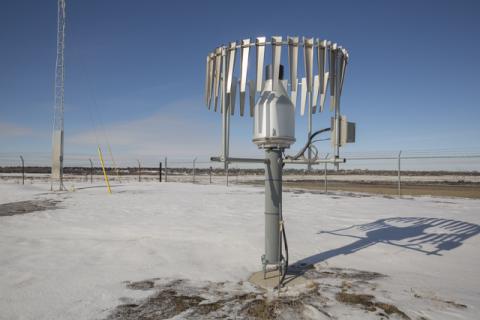
written by SRC Communications
2020 was a year for the record books, and one none of us will soon forget. We spent our days starting in March at home, in the yard or awfully close to home. Let’s look back at the weather we experienced in a year we were so glad to see the end of.
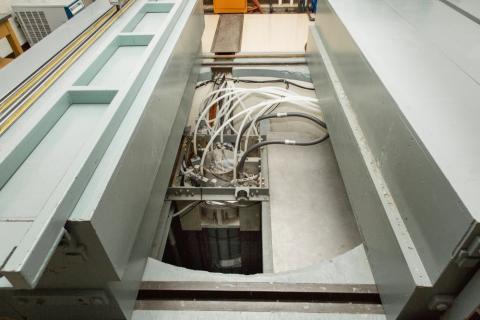
written by SRC Communications
SRC’s SLOWPOKE reactor was commissioned in March 1981. The reactor immediately proved to be a great resource for the uranium industry as it provided a rapid method to analyze the thousands of exploration samples that the industry was then producing. Learn more.
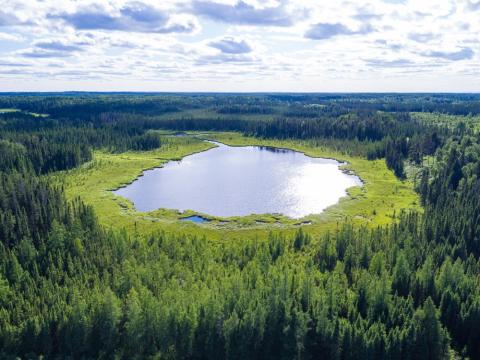
written by SRC Communications
The results are in for a three-year project to help forest managers estimate carbon storage in wetlands as part of their land management activities.

written by SRC Communications
Solution mining is one way producers can mine potash deep below the earth’s surface. Cooling ponds can become contaminated in the extraction process, which can result in the production of hydrogen sulfide - a dangerous and highly destructive chemical. Learn how researchers are finding ways to control it.
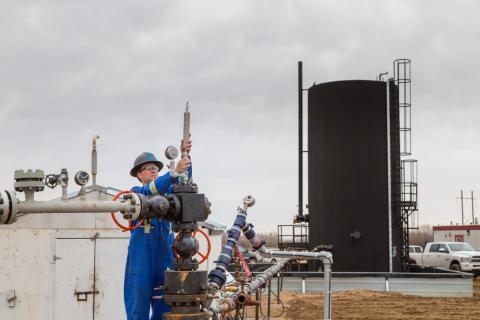
written by SRC Communications
Given both global and national pressure to decarbonize operations, Canadian industries are looking for new technologies and implementing more energy-efficient processes from proven, applicable mitigation options. Learn how SRC's CeDER platform helps companies sift through the available technologies.
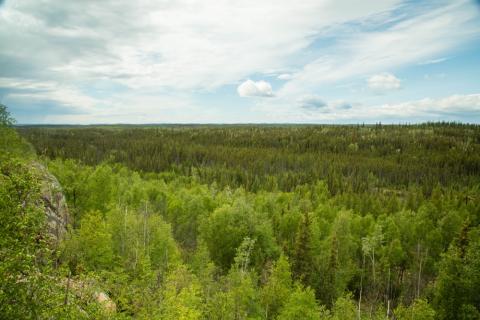
written by SRC Communications
Climate change is affecting Canada’s forests to a greater extent than other parts of the globe. A climate change vulnerability assessment is currently underway in Saskatchewan and Manitoba with the goal of identifying what climate change will look like in the boreal forest and how to reduce its impacts.
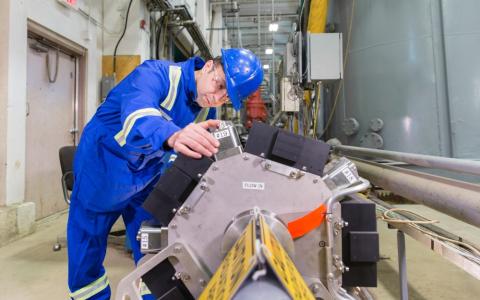
written by SRC Communications
Understanding what goes on inside a slurry pipeline is a complex matter. SRC's Gamma Ray Tomography unit uses multiple gamma-ray sources and sensors to produce real-time images of the density of the pipeline contents at top-notch speeds.
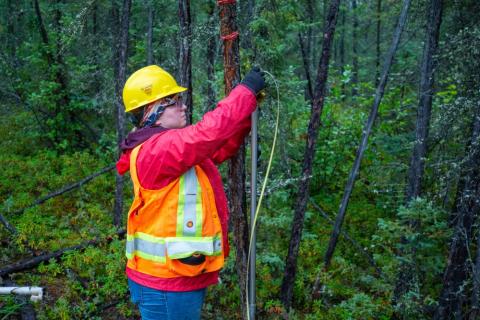
written by SRC Communications
An environmental science student shares the hands-on learning she experienced as part of SRC's Aboriginal Mentorship Program. Learn about the diversity of career options in the environmental science field.
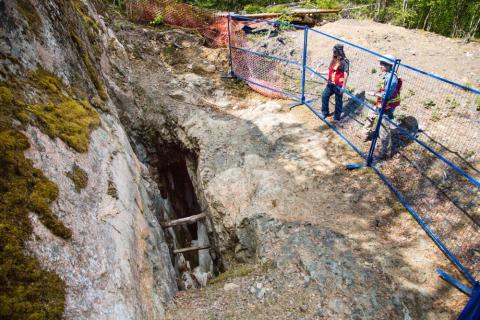
written by SRC Communications
and David S
When many of uranium mines in northern Saskatchewan were abandoned in the 1950s and 60s, openings to mine workings were left without proper closures and pose a risk to public safety. SRC has been working with local contractors and consulting engineers to build proper mine closures. There are several methods available, depending on the type of opening and the site conditions.
